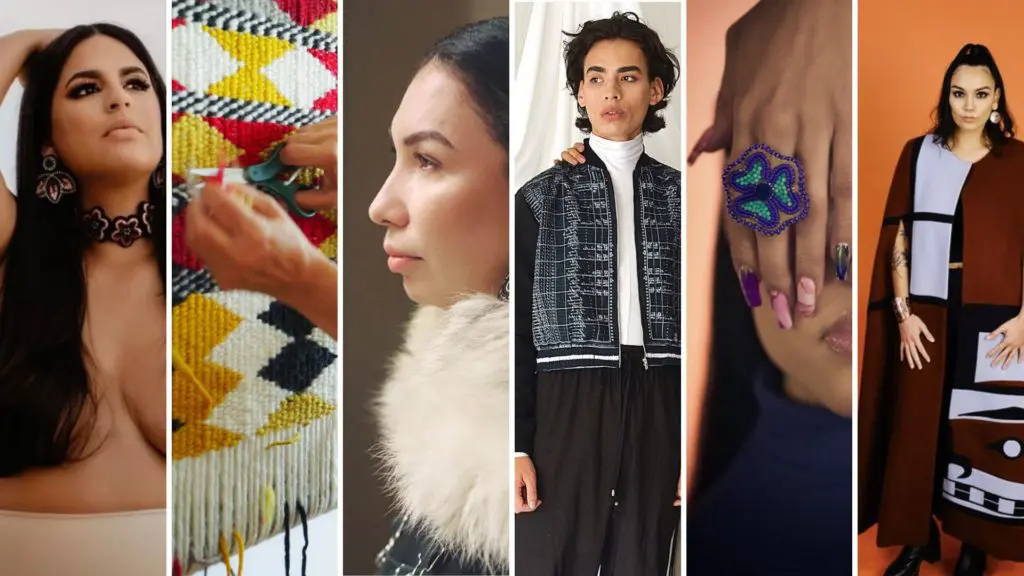As we approach National Indigenous People’s Day, it is crucial to acknowledge the immense contributions indigenous peoples have made to the world of fashion. While sustainability has become a buzzword in recent years, indigenous communities in Canada have long been at the forefront of cultivating conscious and environmentally friendly practices. These communities have woven their deep respect for the Earth, rich cultural heritage, and traditional craftsmanship into every thread, creating unique and sustainable fashion brands that not only honour their ancestral roots but also pave the way for a more ethical and inclusive industry.
As settlers, it is our responsibility to use our platform to showcase Indigenous artists, and honour the remarkable skills and dedication to sustainability inherent in their work, most notably the notion of taking only what you need to create and embedding storytelling into design to create emotional attachment with our clothes – the foundational ethos of the slow fashion model.
Here is FTA’s round up of Indigenous designers from across Canada you should know about:
____
ANNE MULAIRE
Anne Mulaire is women-led, indigenous-owned, and sustainably-made clothing. Anne was raised to embrace her Anishinaabe/French Métis héritage, respect all people, and honour the planet we share—teachings that have guided her as a businesswoman, a designer, and most importantly as an individual (Anne Mulaire).

__
JUSTIN LOUIS
SECTION 35 is an indigenous owned streetwear brand based on the Unceded Territories of the Xʷməθkʷəy̓əm (Musqueam), Sḵwx̱wú7mesh (Squamish), and Səl̓íl̓wətaʔɬ (Tsleil-Waututh) Nations. Justin Louis is the Creative Director and Founder of SECTION 35. He is a member of the Samson Cree Nation and was born and raised in Nipisihkopahk (Samson) on Treaty 6 Territory. He launched SECTION 35 in 2016 with the intention to use art and fashion to tell his peoples’ stories (Section 35).
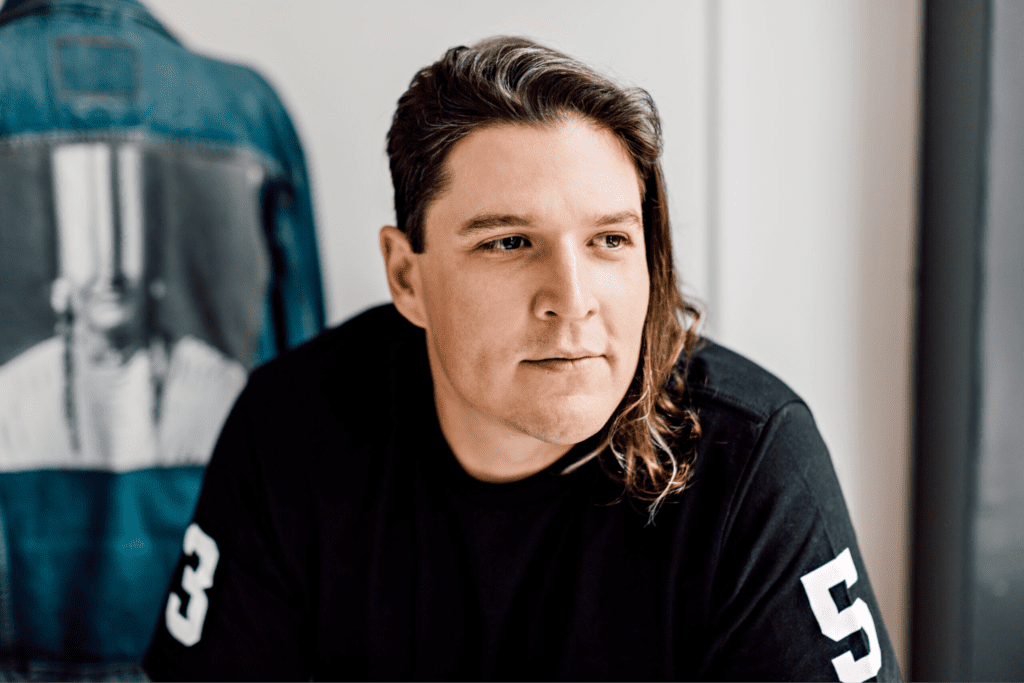
__
TANIA LARSSON
Tania Larsson uses materials that come from the land of the Canadian Arctic. She operates a jewelry studio in Yellowknife where she designs and hand fabricates Gwich’in Fine Jewelry. Tania tans moose and caribou hides with some of her own tools she forged. She earned this knowledge by working on the land with various mentors and friend. Tania is one of the founding members of Dene Nahjo, an Indigenous innovation collective in Denendeh (Northwest Territories) working to advance social and environmental justice for northern peoples and promote Indigenous leadership (Tania Larsson).
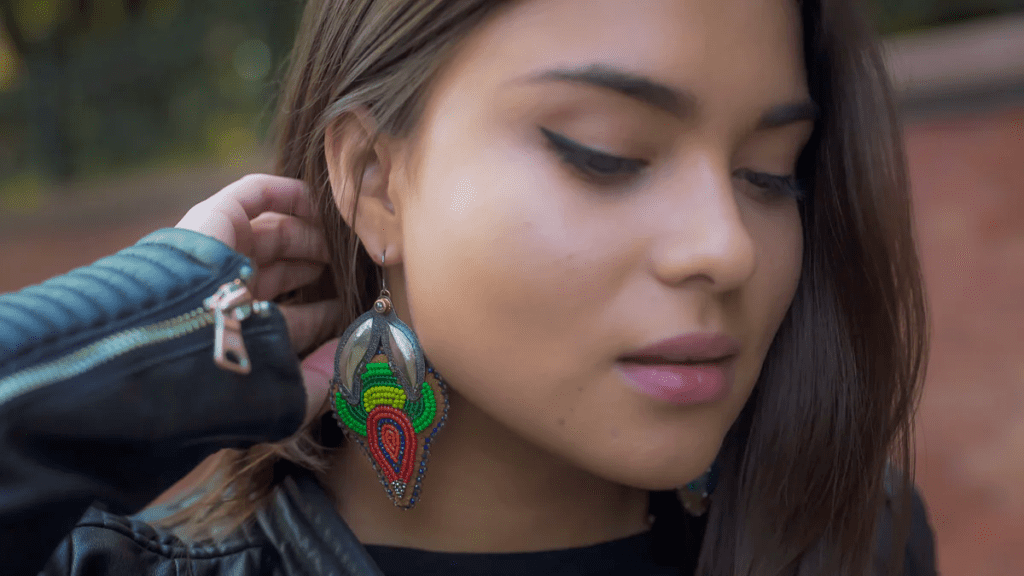
__
SAGE PAUL
Sage is an urban Denesuliné tskwe based in Toronto and a member of English River First Nation. She is an award-winning artist & designer and a recognized leader of Indigenous fashion, craft and textiles (Sage Paul). She is also a founding collective member and Artistic Director of Indigenous Fashion Week Toronto, and a proud partner and supporter of our work here at Fashion Takes Action.
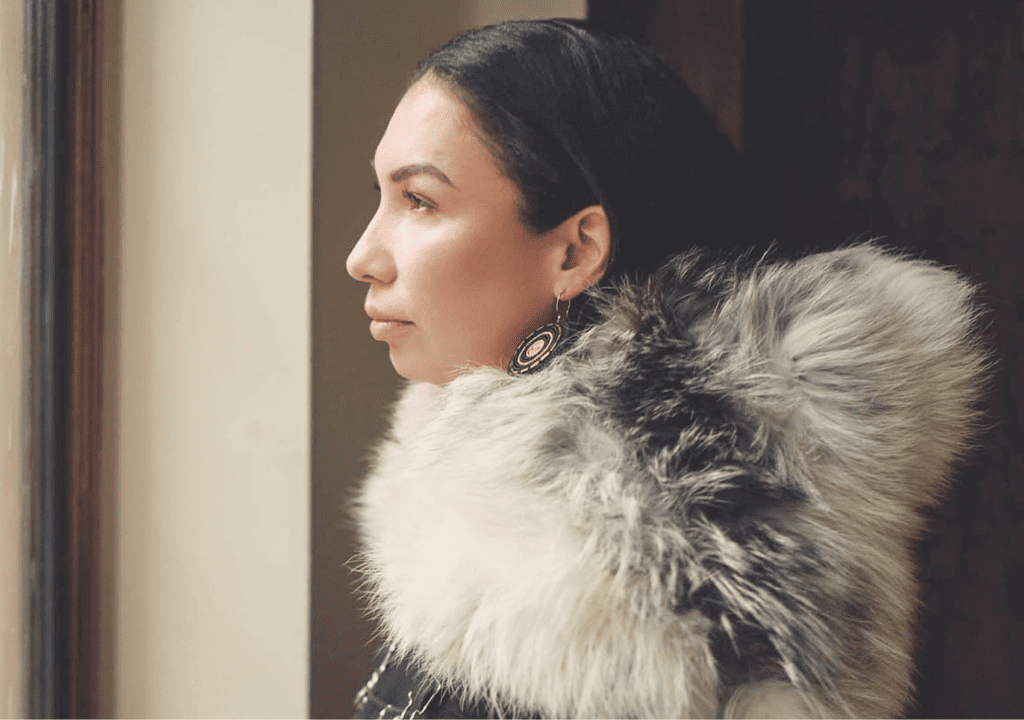
__
LESLEY HAMPTON
Lesley is an Indigenous-owned, women-led, size-inclusive, made-to-order Canadian clothing and accessory brand based in Toronto, Ontario. Founded in 2016 by Lesley Hampton, her self-titled brand is known for creating high quality fashion, from Signature Collection items of eveningwear and occasionwear to Athluxury Collection items of athleticwear and leisurewear (Lesley Hampton).

__
ROBYN MCLEOID
Robyn is an Indigenous artist who is of Métis and Dene ancestry from the Dehcho Region. Robyn currently lives in Ross River, Yukon with her family while she does her art full time. All designs are authentically made. Robyn blends traditional and contemporary art practices in all of her designs. Materials are traditionally harvested by her family and friends (Robin McLeoid).

__
DEBRA SPARROW
Debra Sparrow, or θəliχʷəlʷət, is a Musqueam weaver, artist and knowledge keeper. She is self-taught in Salish design, weaving, and jewelry making. Her work has been exhibited nationally and internationally including The University of British Columbia, The Canadian Museum of History (previously Civilization), The Royal BC Museum, The Vancouver International Airport (YVR Collections), the Burke Museum (Seattle), and the Smithsonian (Vancouver Biennale). Her pieces were also proudly on display at Vancouver Indigenous Fashion Week, earlier this year.

EVAN DUCHARME
Evan Ducharme is a Metis artist with ancestral ties to the Cree, Ojibwe, and Saulteaux peoples, and is from the historic Metis community of St. Ambroise, Manitoba (Treaty 1 Territory). His work explores Metis identity and it’s cultural iconography, with particular focus on creating images of contemporary Indigeneity, reclamation of Indigenous sexualities, and a commitment to environmentally conscious practices. Evan is also a co-host of the bi-weekly Fashion Hags podcast (Evan Ducharme).

__
JESSIE PRUDEN
Jessie Pruden is a queer, disabled Metis beader from Winnipeg, Manitoba, with family roots in Stony Point (Poco Beads). Her fun and colorful designs are inspired by her friends, family, nature and her culture (Beads n’ Butter). These stunning pieces of jewelry are individually beaded by hand, and can take up to 12 hours to finish.

__
REBECCA BAKER-GRENIER
Kanayu by Rebecca Baker-Grenier is an Indigenous fashion brand aimed at empowering Indigenous people and strengthening the art form. Sewing and design are and always have been an integral part of Indigenous culture. Through fashion, Kanayu carries forward cultural skills and knowledge to ensure it is passed on to the next generation. Through designs, colors, and materials, Rebecca represents her communities, lineages, and acestral connections (Rebecca Baker-Grenier).

__
WARREN STEVEN SCOTT
Warren Steven Scott is a contemporary accessory designer, fashion designer, tailor, and craftsperson. His label was formed in 2018. Born in 1988 in White Rock, B.C., Scott is a member of the Nlaka’pamux Nation, whose territory is located in the interior of present-day British Columbia, with Sts’ailes and British ancestry (Warren Steven Scott).
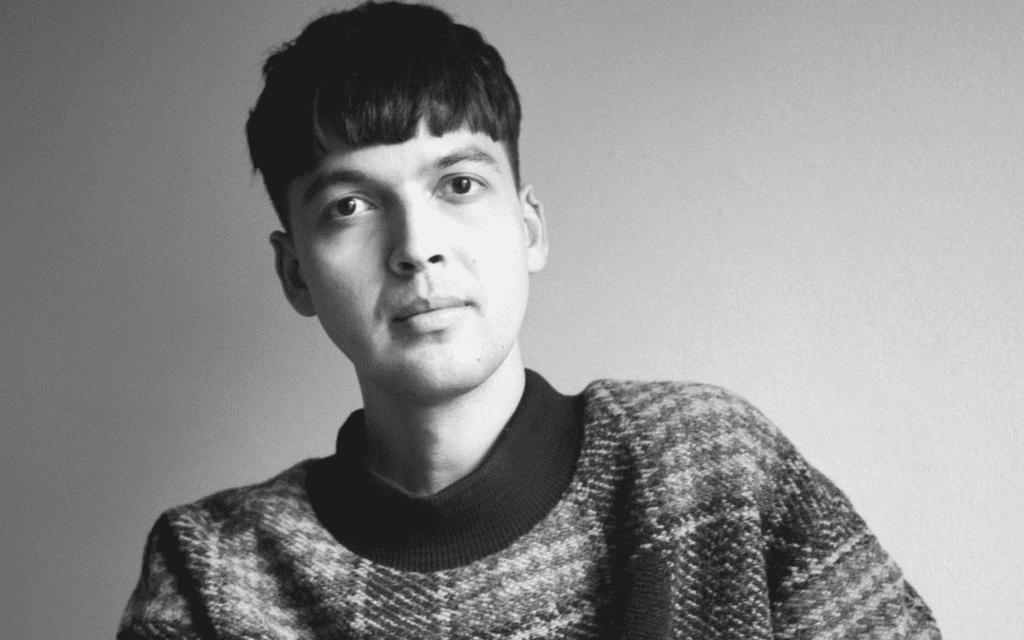
__
ERICA DONOVAN
Through her brand She Was a Free Spirit, Erica is an Inuvialuk artist from Tuktoyaktuk, Northwest Territories.Erica makes jewelry inspired by the land and her Inuvialuit culture, in particular Inuvialuit dancing parkas with their intricate black & white patterns. “I bring my love of color, of all colors and what my eyes interpret from the colors of the Arctic to my unique designs” (She Was a Free Spirit).

__
NIIO PERKINS
Niio Perkins is an acclaimed Mohawk designer. Her jewelry is immediately recognizable in the Indigenous fashion world for its precision, masterful use of color, and innovative expression of Haudenosaunee cultural design motifs. She was raised in Akwesasne, New York, a Mohawk territory situated on both sides of the St. Lawrence River near Cornwall, Ontario (Niio Perkins).
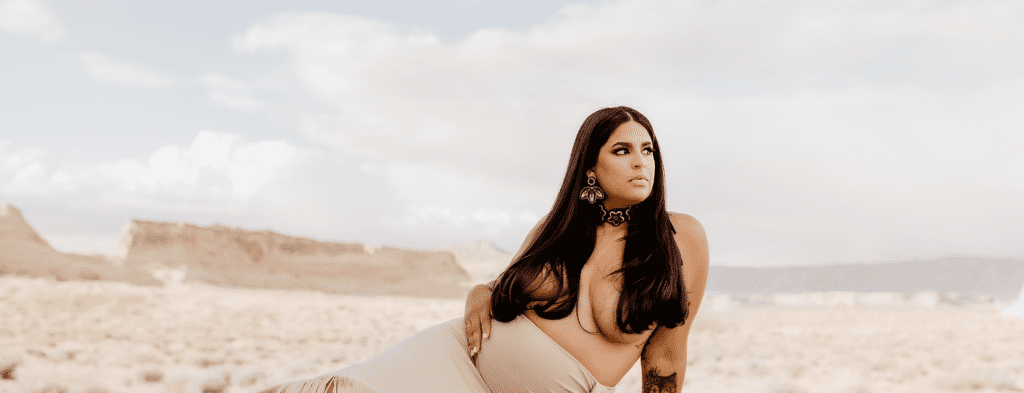
____
These Indigenous designers represent a fraction of the countless remarkable artists and designers who are leading the way towards a more holistic and sustainable approach to fashion. With their exceptional skills and creativity, they infuse each piece with a profound connection to their heritage, resilience, and cultural pride. Their designs embody the transformative potential of fashion, deeply rooted in their rich traditions. As we celebrate this immense talent, let us also commit to uplifting indigenous voices, supporting communities, and striving for an inclusive and environmentally conscious fashion industry.
As Sage Paul shared on stage at FTA’s ReMode event in May 2023, we need to put Indigenous design front and centre on the global fashion stage to create dialogue and collaboration between Indigenous and mainstream fashion.
